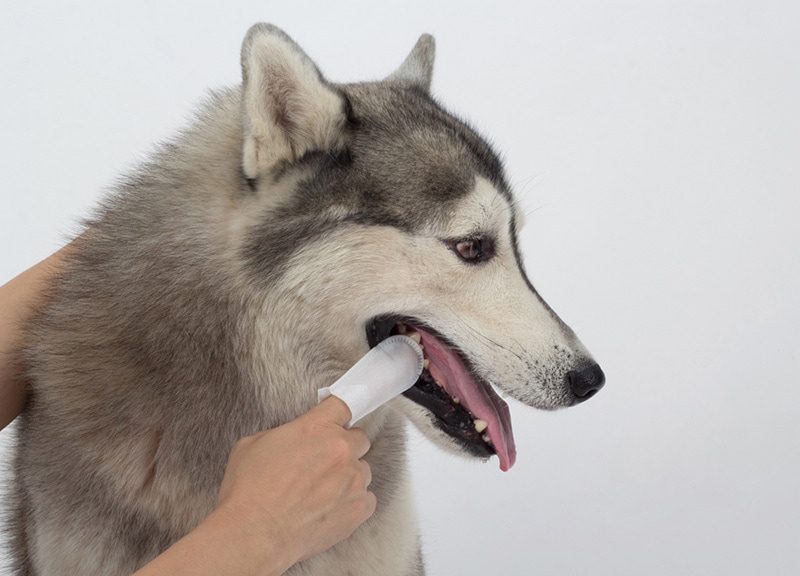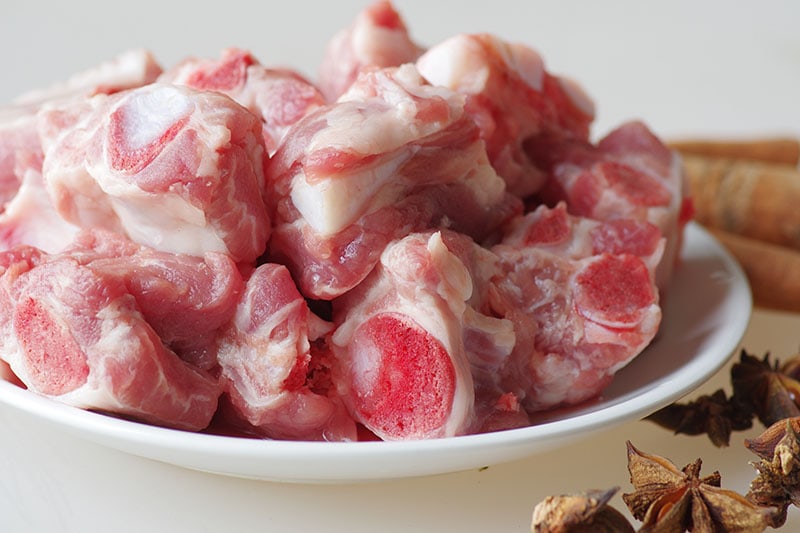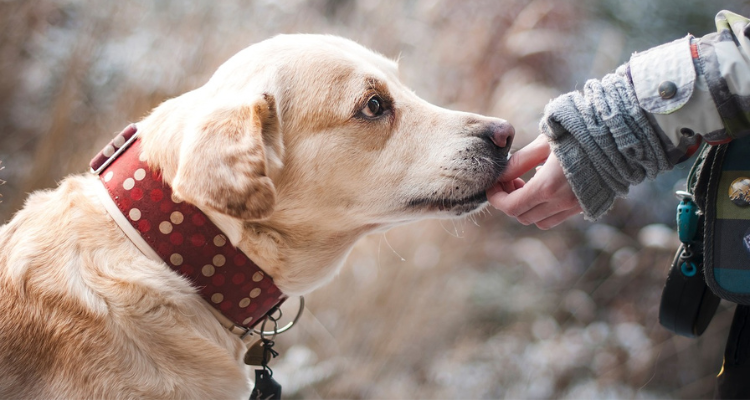Dogs love to eat. Whether it’s their favorite kibble, canned food, fresh fruit and veggies, or treats, the likelihood of a pooch turning down a good meal is unlikely unless they are very fussy or overfed. This makes the job of being a pet owner even harder. It’s up to you to ensure your pet gets the best quality food and only eats things that are safe for them.
One thing many pet owners ask about is cartilage. Can dogs eat cartilage? Is it safe for them? The answer to that question is yes, dogs can eat cartilage but there are risks associated with feeding it. Let’s take a deeper look at cartilage and its relationship to your dog so you can decide whether you want to offer some to your dog.
What Is Cartilage?

Cartilage is the flexible tissue that protects the bones in joints. People and animals have cartilage throughout their bodies. It provides structure and protection and is found at the ends of ribs, in the nose, ears and especially in the joints This cartilage, a rubbery-type substance at the end of the bone, helps absorb the shock of movements people and animals make. When it comes to our dogs, however, cartilage is a yummy treat they enjoy chewing on due to its consistency. Certain types of cartilage can also provide them with some nutrients to help them live healthier lives.
Cartilage, the endpoints of a bone, is mostly composed of:

The Benefits of Cartilage
Now, let’s talk about the benefits your dog may receive if you add a bit of dog-safe cartilage to their diet as a treat.
Joint Health
Cartilage has glucosamine and chondroitin inside. Both of these can aid your dog’s joint health as they are powerhouse nutrients. This is especially true as they age. Some studies show that glucosamine and chondroitin supplementation improves mobility in dogs with arthritis; however, the evidence is mixed and the amount gained from a treat is unlikely to make a clinical difference. If you are concerned about arthritis a consultation with your veterinarian and joint supplements may be a better option.
Dental Hygiene
We’ve already mentioned that cartilage has a chewy texture. When your dog chews it, it can help remove plaque from their teeth.

The Risks of Feeding Your Dog Cartilage
While cartilage has some possible benefits, there are also risks associated with feeding it to your pooch. As we’ve stated, cartilage is the chewy bits at the end of a bone. Feeding bones to a dog is a highly debated issue. Let’s take a look at a few of the risks that can be associated with offering your dog bones and cartilage.
If you do choose to feed your dog cartilage, make sure that it is cut away from any bones so that your dog doesn’t accidentally ingest any bone fragments. Offer smaller portions so they are unable to tear off a larger chunk that could result in choking or intestinal obstruction.
Frequent Asked Questions
How Often Can a Dog Eat Cartilage?
This will depend on the type of cartilage product offered. Always supervise your dog when chewing larger products, and for commercial treats refer to the manufacturer’s guidelines for how often to feed it.
At What Age Can a Dog Eat Cartilage?
Puppies under the age of 6 months should not eat cartilage. Once they reach that age and have all their permanent teeth, it can slowly be introduced to them.

What Types of Cartilage Is Best for Your Dog?
It’s usually best to stick to cartilage that is already prepared into a dog treat. However, your dog can eat beef, pork, lamb, and even fish cartilage.

Final Thoughts
As you can see, allowing your dog to have a little cartilage in their diet can be a nice treat and good for their teeth. As always, if you decide to provide your dog with cartilage make sure you do so safely to avoid an unexpected vet visit. It’s always best to consult with your vet before adding new foods such as cartilage to your dog’s diet to make sure it is a suitable treat for them.
Featured Image Credit:





